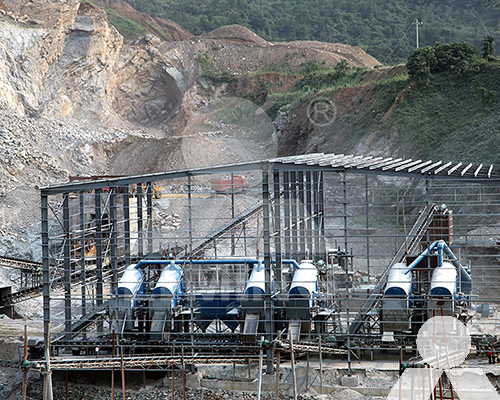Crusher and Mill For Ore Crushing <1 mm
In the mining industry, ore crushing is a critical step in the process of extracting valuable minerals from rock. Ore crushers and mills are used to reduce the size of ore to a desired particle size, which can range from a few millimeters to less than 1 micron.
The type of crusher or mill used to crush ore depends on a number of factors, including the hardness of the ore, the desired particle size, and the production capacity required.

Crushers
Crushers are used to reduce the size of ore from large pieces to smaller pieces. They are typically classified as either primary or secondary crushers.
Primary crushers are used to reduce the size of ore from large pieces, such as boulders or chunks, to smaller pieces, such as pieces that are a few inches or centimeters in size. Primary crushers are typically very large and powerful machines. Some common types of primary crushers include:
- Jaw crushers: Jaw crusher have two jaws that move towards each other to crush the ore.
- Cone crushers: Cone crushers have a cone-shaped crushing chamber that rotates to crush the ore.
- Impact crushers: Impact crusher use the force of impact to crush the ore.
Secondary crushers are used to reduce the size of ore that has already been crushed by a primary crusher. Secondary crushers are typically smaller and less powerful than primary crushers. Some common types of secondary crushers include:
- Roller crushers: Roller crushers have two rollers that rotate in opposite directions to crush the ore.
- Hammermills: Hammermills have a rotating drum that is filled with hammers that crush the ore.
- Trommel screens: Trommel screens are used to separate larger pieces of ore from smaller pieces.
Mills
Mills are used to further reduce the size of ore that has already been crushed by a crusher. Mills are typically classified as either ball mills or rod mills.
Ball mills are the most common type of mill used for ore crushing. They consist of a rotating cylinder that is filled with steel balls. The ore is crushed by the force of the balls as they rotate around the cylinder.
Rod mills are similar to ball mills, but they use steel rods instead of balls. Rod mills are typically used to crush harder ores than ball mills.
Choosing the Right Crusher or Mill
The type of crusher or mill that is best for a particular application depends on a number of factors, including:
- The hardness of the ore: Hard ores require more powerful crushers or mills than soft ores.
- The desired particle size: The smaller the desired particle size, the more energy-intensive the crushing process will be.
- The production capacity required: The production capacity of a crusher or mill is measured in tons per hour.
Crushing and Milling Ore <1 mm
To crush ore to a particle size of less than 1 mm, a combination of crushers and mills is typically used. The first stage of crushing is typically done with a primary crusher, such as a jaw crusher or a cone crusher. The crushed ore is then fed to a secondary crusher, such as a roller crusher or a hammermill. The crushed ore from the secondary crusher is then fed to a ball mill or a rod mill to further reduce the particle size.
The use of multiple crushers and mills allows for better control of the particle size distribution of the crushed ore. This is important for many applications, such as the production of minerals for use in pharmaceuticals, electronics, and other industries.









